Starting from the basics, we explain what wine is, some of the common jargon used when drinking wine, so you'll not only know exactly what you're drinking, but you're on your way to learning how to appreciate it too.
There are many misconceptions about wine. Some people think of it as a drink only meant for the 'atas' demographic. Some others find it too intimidating to even try simply because of all the different types of wines and their names you can't even pronounce. Furthermore, you tend to get overwhelmed by a long list of wines you've never even heard of and have no way of knowing what they'll taste like. Sound familiar?
To appreciate wine, you need basic knowledge and understanding of what it is and the jargon. It's intimidating, we know. But trust us, it's so much easier to appreciate drinking wines when you start to understand it.
Let's start at the beginning – what is wine? Wine is an alcoholic drink made from fermented grapes. And no, these grapes used in wines are not the same as table grapes. Grapes used in winemaking are smaller, sweeter, with more seeds, and have thicker skins.
In a nutshell, wine is entirely made of grapes. A huge bunch of grapes left in a container over time and the naturally-occurring yeasts from the grape's skin will turn the fruit's sugary juices into alcohol.
Wine consists of 85% water, and the remaining are a combination of alcohol (13%), and small percentages of carbohydrates, glycerol, phenolics, and acids.

Wine Speak 101

Acidity – Sour, not bitter like tannins. It contributes freshness to wines and also causes a salivating sensation. Acidity is present in all wines, and it balances sweetness, alcohol, and the bitterness from tannins.
Alcohol – Adds a spicy and warm sensation at the back of your throat when drinking wine. The average alcohol content in wines ranges from 10% to 15%, with exceptions like Port, which is fortified with brandy, hence the alcohol content is about 20%.
Body – Describes the "thickness" of the wine on the palate (e.g., Light, Medium, or Full-bodied). For example, a light-bodied wine can be a Pinot Noir, and a full-bodied wine can be a Bordeaux Blend).
Brut – Means "Dry" in French. Commonly used to describe dry Champagnes or Sparkling wines.
Champagne – Only Sparkling wines made in the Champagne region of France can be called Champagne.
New World Wine – Generally refers to wine produced anywhere apart from the traditional European regions known for winemaking. For example, Africa, Argentina, Australia, Chile, and New Zealand. It also refers to modern winemaking techniques utilizing technology (eg. optical grape sorting)
Nose – The smell/aroma of wine in a glass.
Old World Wine – A term used for wine produced in traditional winegrowing regions in Europe – France, Italy and Spain. There is a lot of tradition and history behind such wines, and also have little to no intervention during the winemaking process.
Sweetness – Wines that contains residual sugars in them after fermentation. This is often present in wines such as Moscato, Sauternes, and Port, to name a few.
Tannins – These are the substances that create a bitter taste in wines, and this occurs when the winemakers ferment the grapes with the skins on. This is also how wine gets its red colour. Wines that are fermented with the grape skins on for a longer time have a darker red colour with higher tannins. Tannins are also found in tea, coffee, and chocolate.
Terroir – A French term meaning "a sense of place." It is a term used to describe the environment in which the grapes are grown, which encompasses the soil, climate, and topography.
Vintage – The year in which the grapes were harvested. By looking at the region and vintage, you're able to do a quick search on whether this year was a good vintage or not. If a bottle is marked Non-Vintage (NV), it means the wine/champagne was made by blending multiple vintages. Typically Champagnes are marked as NV.
Now that you've got the basic wine terminology down, all you have to do is actually start drinking wine. And no, not just one bottle, but keep
trying different wines (at your own pace, of course). Everyone starts somewhere, so don't be afraid to keep on tasting and exploring different labels, and you'll slowly understand what tastes and flavour profiles you like and dislike. Soon you'll even be able to identify simple characteristics of the different wines just by tasting them.
Questions, comments, feedback?
Leave a comment down below!
- Tags: wine 101



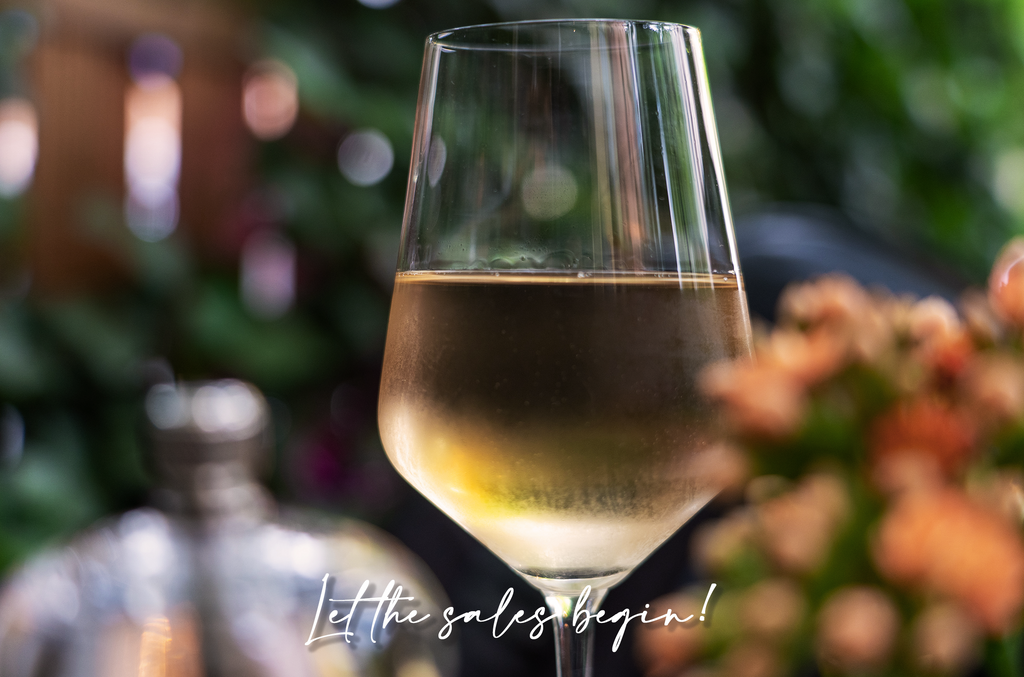
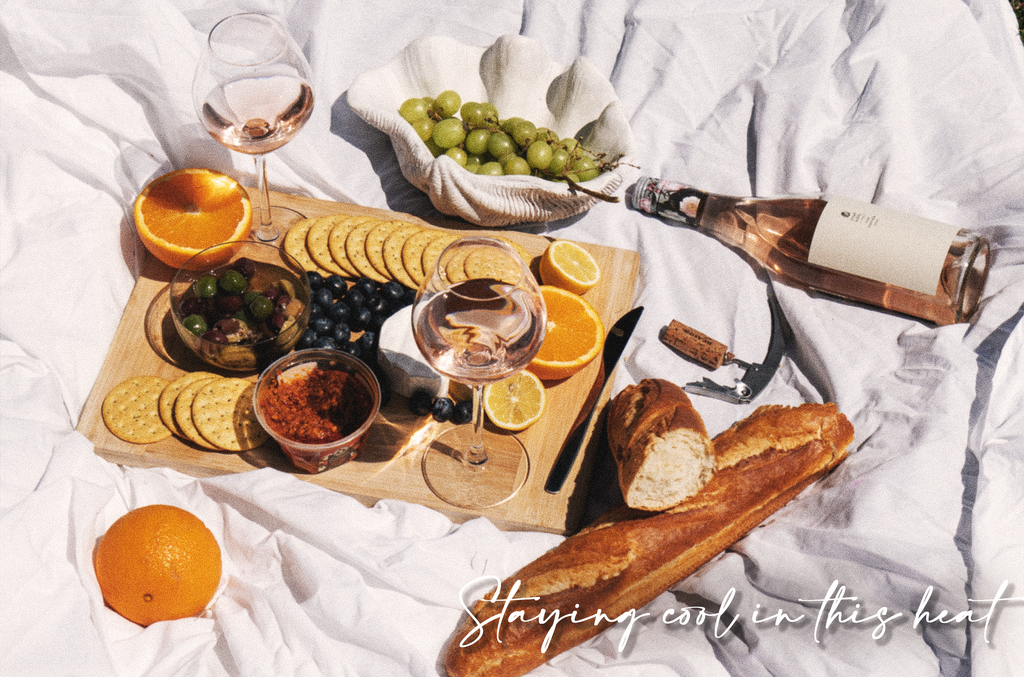
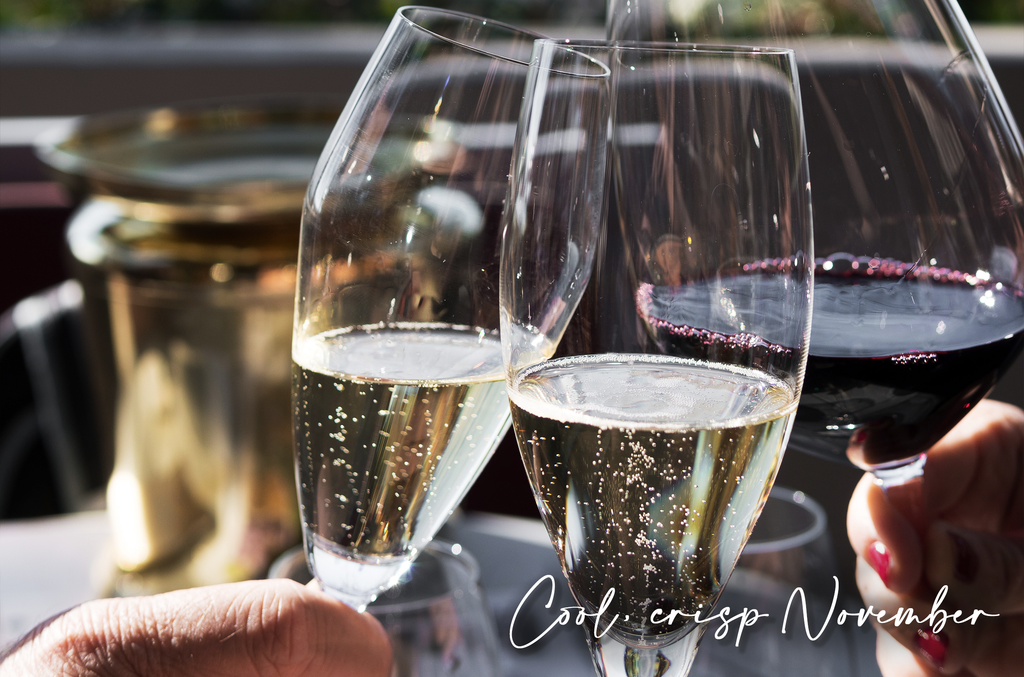
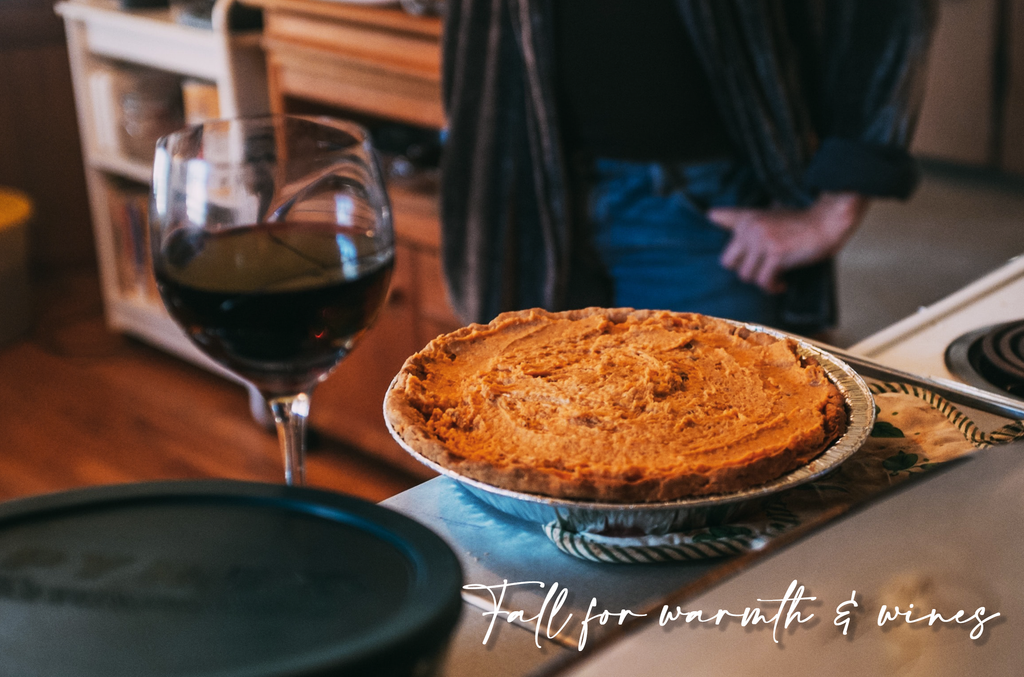

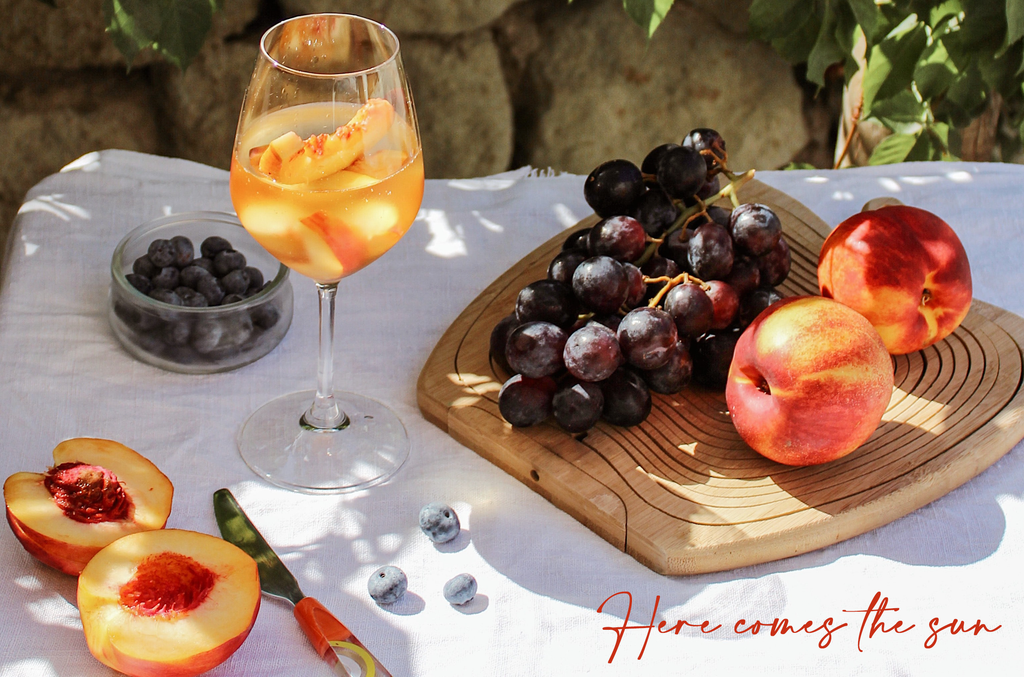
0 comments